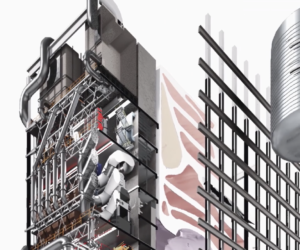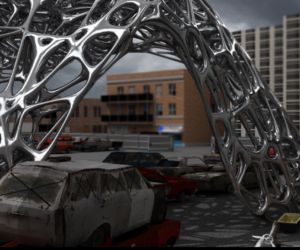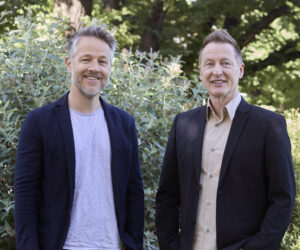Circularity presented by RMIT, Polestar and Green Magazine – Osteogenesis: Bone
“Circularity: Materials + Form” will run from June 27-29th in Fitzroy, Melbourne, showcasing projects from the RMIT Master of Architecture Design Studio and Research Elective
Osteogenesis Bone from RMIT Architecture on Vimeo.
Politics in architecture exists, architecture is intertwined with events.
There is politics in producing an inefficient construction and there is politics in producing sustainable and economical designs. There is necessity to re-think the products we consume and construct…
What if the development of a material conjured a response that yields an awareness to the extraction and supply.
How do we provide something that in its extraction will not incur greater costs to the environment? Provocation often leads to action.
We are considering the impact that construction and materiality has on the environment, with a product that taps into a major world-wide source of waste.
What would be a conjured response to the manufactured and recycled use of waste?
If this waste matter was the discarded contents of things we already consume, generally the carcass of the animals (waste products from the food industry) turned to fertiliser or submitted to landfill.
What if bone i.e. protein, collagen, and minerals, became an element of construction?
Perhaps a strong counter argument would be the commercialist response to leather, but bone has an integral connection to the human body that leather does not. It’s discomfort to the inhabitant would be to question the volume of supply and demand.
Awareness.
Triggered by a moral disposition.
There are greater benefits than provocation and awareness, bone is stronger than steel by weight and has a circulatory life cycle.
ISABELLA WESTWOOD & MOLLY GALVIN


